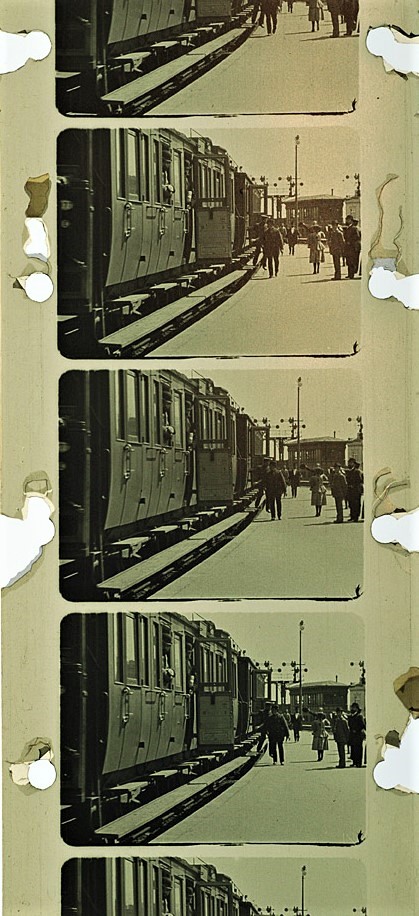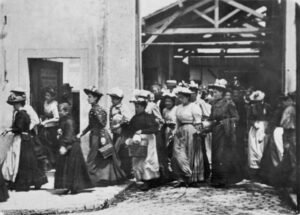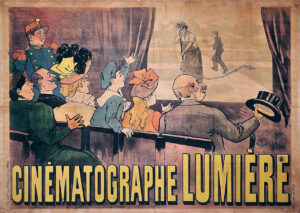
Birth of Cinema: December 28th!
Dec 28 2024
The Birth of Cinema: December 28, 1895
December 28, 1895, is celebrated as the official birth of cinema. On this day, history was made when the Lumière brothers, Auguste and Louis Lumière, conducted the first-ever public commercial screening of motion pictures to a paying audience in Paris, France. This landmark event not only marked the birth of cinema as an art form but also laid the foundation for the global film industry we know today.
The Lumière Brothers and Their Invention
The Lumière brothers were innovators in the field of photography and motion pictures. They developed the Cinématographe, a groundbreaking device that could record, develop, and project motion pictures. Unlike earlier inventions, such as Thomas Edison’s Kinetoscope, which allowed only one person to view moving images through a peephole, the Cinématographe was designed for large-scale projection, making it ideal for public screenings.
The Cinématographe was lightweight, portable, and capable of shooting, processing, and projecting films. Its versatility and efficiency made it a revolutionary invention in the realm of motion picture technology.

The First Screening
The historic screening took place at the Salon Indien du Grand Café, a basement room located on the Boulevard des Capucines in Paris. The audience, consisting of 33 paying attendees, witnessed a series of short films created by the Lumière brothers. The ticket price was one franc, a modest sum that allowed the audience to experience a phenomenon unlike anything they had ever seen before.
Among the films shown were:
“La Sortie de l’Usine Lumière à Lyon” (Workers Leaving the Lumière Factory): A simple yet captivating recording of workers exiting a factory.
“Le Jardinier” (The Sprinkler Sprinkled): Often considered the first comedy film.
“L’Arrivée d’un Train en Gare de La Ciotat” (Arrival of a Train at La Ciotat Station): A legendary film that reportedly caused the audience to panic, as they thought the train was about to come out of the screen.

The Impact of the Screening
This first commercial screening signified the beginning of the motion picture industry. The Lumière brothers’ films, though short and simple, demonstrated the potential of cinema to capture real-life moments, tell stories, and evoke emotions.
The screening inspired other inventors, filmmakers, and entrepreneurs around the world to explore the possibilities of cinema. Within a few years, the medium evolved from brief recordings of everyday life to more complex narratives and artistic expressions.
Global Expansion of Cinema
Following the success of their screening in Paris, the Lumière brothers held similar exhibitions in other parts of Europe and the world. Their invention quickly gained popularity, and motion pictures became a global phenomenon. By the early 20th century, film production had developed into a full-fledged industry, with studios, directors, and actors creating a variety of cinematic works.

Legacy of December 28, 1895
The date December 28, 1895, remains a pivotal moment in the history of art and technology. It represents the dawn of a medium that would go on to shape culture, entertainment, and communication across the globe. The Lumière brothers are celebrated not only for their technical ingenuity but also for their vision of cinema as a universal art form.
Today, cinema has evolved into a multi-billion-dollar industry, encompassing a wide range of genres, styles, and formats. From silent films to talkies, black-and-white to color, and traditional projection to IMAX and streaming platforms, the journey of cinema continues to amaze and inspire.As we celebrate December 28 as the birthday of cinema, it is a reminder of how a single event in 1895 transformed the way humanity shares stories, experiences, and emotions. The Lumière brothers’ innovation continues to resonate, proving that the magic of moving images is timeless.
Article by
CJ Rajkumar
Author/ Cinematographer
